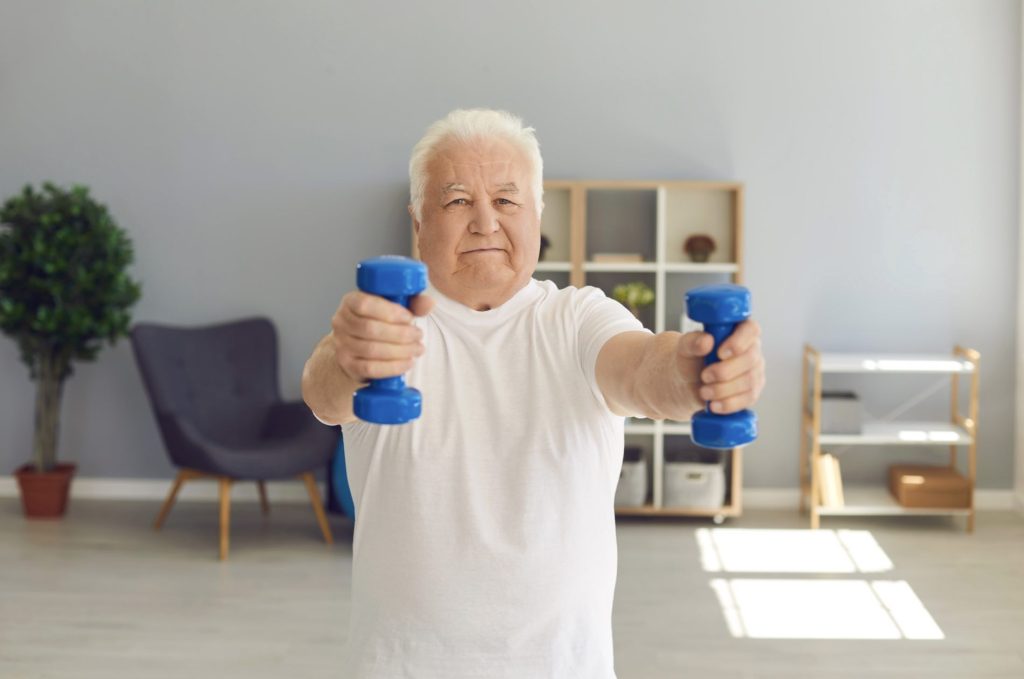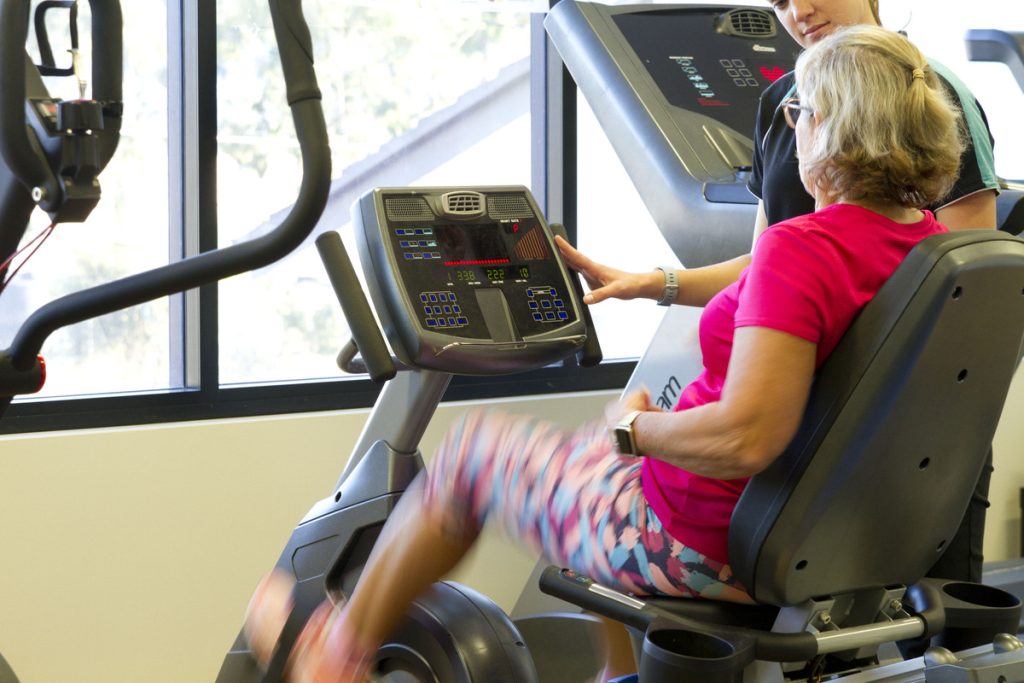
Pelvic Health
For Women and Men
Whether you're a man or a woman, understanding and taking care of your pelvic floor is crucial for overall wellbeing. Our Accredited Exercise Physiologists are here to support you in managing your pelvic health and can develop an individual exercise program appropriate for your symptoms.
WE’RE COMMITTED TO PELVIC HEALTH
At True North Wellness, we are very passionate about helping you to maximise your pelvic health across a broad spectrum of life stages and symptoms/conditions. Here are some areas of pelvic health that we can assist with:
Pregnancy
Post-partum
Pelvic pain (e.g. endometriosis)
Prolapse
Incontinence/leakage
After surgery (e.g. hysterectomy)
During/after gynaecological cancer
During/after prostate cancer
Return to running or high impact exercise
How do I know if I might have some pelvic floor dysfunction?
Consider whether the following statements apply to you:
- I sometimes have pelvic pain (in genitals, perineum, pubic or bladder area, or pain with urination) that exceeds a '3' on a 1-10 pain scale, with 10 being the worst pain imaginable.
- I can remember falling onto my tailbone, lower back or buttocks (even in childhood).
- I have a history of pain in my lower back, hip, groin or tailbone or have had sciatica.
- I often or occasionally have to get up to urinate two or more times at night.
- I need to get to the toilet in a hurry or don't make it there in time.
- I sometimes leak when I exercise, play sport, laugh cough or sneeze.
- I sometimes have problems controlling the contents of my bowel or accidentally pass wind.
- I sometimes find it difficult to empty my bladder or bowel.
- I sometimes have a bulge or feeling of heaviness, discomfort, pulling, dragging or dropping in the vagina.
- I sometimes have pain when urinating, ejaculating or defacating.
- I sometimes experience pain or discomfort with sexual activity or intercourse.
- Sexual activity increases one or more of my other symptoms.
- Prolonged sitting increases my symptoms.
If you resonate with any of these statements, these symptoms should absolutely not be ignored and seeking support from a health professional can be the first step towards getting your quality of life back.

Our Exercise Physiologists can support you
Exercise physiologists play a valuable role in managing pelvic floor dysfunction by employing their expertise to design personalized treatment plans. They assess individuals with pelvic floor dysfunction to understand their specific needs and limitations. Based on this assessment, we can develop exercise programs focusing on strengthening and lengthening pelvic floor muscle, as well as targeted exercises to enhance core stability and posture. We also provide education around proper breathing and techniques to optimize the effectiveness of exercises and minimize strain on the pelvic floor.




